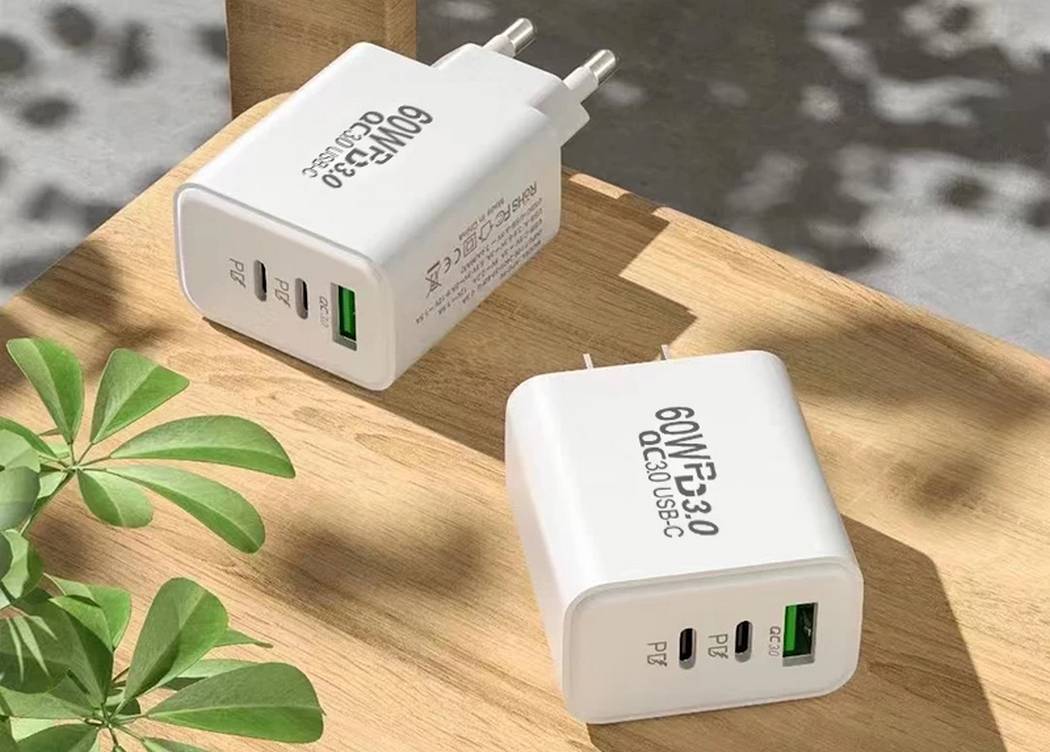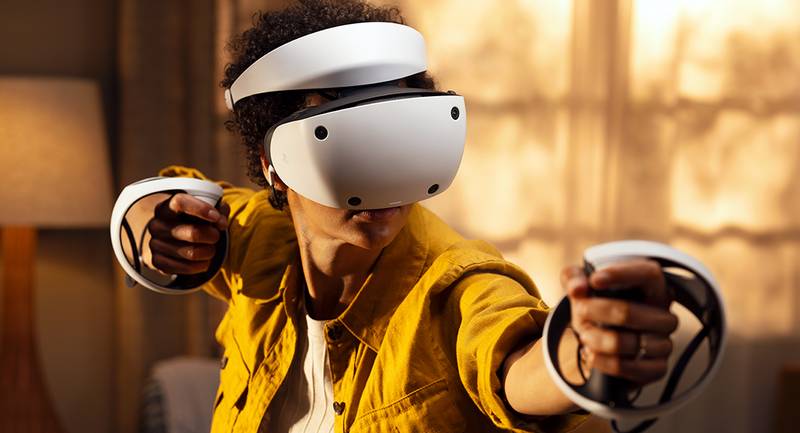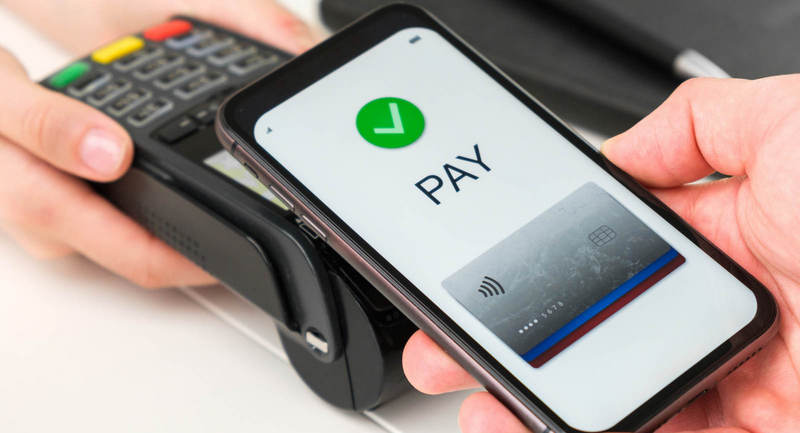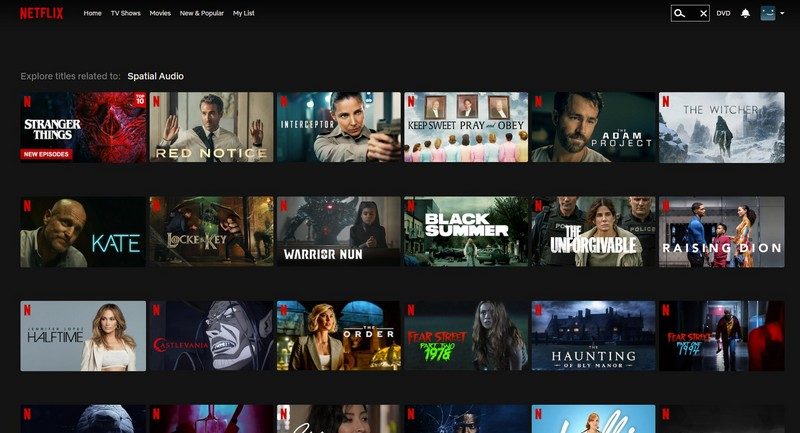Beurer’s personal heating devices create a cosy atmosphere and help to save a lot of energy
Electric heating devices for the whole body consume up to 20 times less electricity and make life cosy.
Session cookies
Session cookies or temporary cookies are used every time when you visit our website, and
they are deleted when you shut down your web browser. Temporary cookies are used for
instance to remember the language you have selected for the website, or the content of your
shopping cart.
Permanent cookies
Permanent cookies stay in the user's device after you have closed the website. Permanent
cookies have different periods of expiry, and some of them are stored in the user’s device
for days, months or even years. Permanent cookies are used, for instance, to remember user
preferences and store user names and passwords so that users do not need to log in every
time they visit the site.
Third party cookies:
In order to provide high-quality content, gather
statistical data and show ads, Euronics uses third-party cookies on their website. You can
review the privacy policy and the terms and conditions of third-party cookies on the website
of the respective party.
Flixmedia partners – along with your chosen retailer – displays you manufacturer’s information concerning the product you are about to purchase, and does not provide any advertising services. Flixmedia processes your IP address only to communicate manufacturers’ videos, images or textual information, but does not store your IP address as a part of this service provided to your retailer, and does not disclose your IP address to third parties, other than technology partners who support the provision of the information. Flixmedia does not process or store any other personal data about you and does not request the same from third parties. Should you have any questions about how Flixmedia processes your IP address please contact GDPR@flixmedia.eu. More information about Flixmedia is available at www.flixmedia.eu
Users can delete cookies stored in their equipment and can prevent storing cookies in their devices. To do this the user needs to change the privacy settings of their web browser. More detailed information is available in the instructions section of the browser. NB! If you block cookies we cannot guarantee proper functioning of the website.
You can find more information about cookies on such websites as: http://www.youronlinechoices.com/
Hello Euronics client
Please select preferred method of registration
Please select your preferred method of registration. To register as a legal person select E-mail.
Copyright © 2025 Antista AS www.euronics.ee. All rights reserved.
Shopping cart is empty
Would you like to see your most recently viewed products and get even better offers?
Please select preferred method of registration
Please select your preferred method of registration. To register as a legal person select E-mail.
Sunday, July 10, 2022
Starting in the autumn of 2024, all gadgets that can be charged with a wire must use a common standard.


Electric heating devices for the whole body consume up to 20 times less electricity and make life cosy.

The long-awaited VR glasses developed for the PlayStation 5 console will go on sale on 23 February.

The service is available with all SEB Bank Mastercard cards on Android phones with NFC support and smartwatches with Wear OS 3 software.
